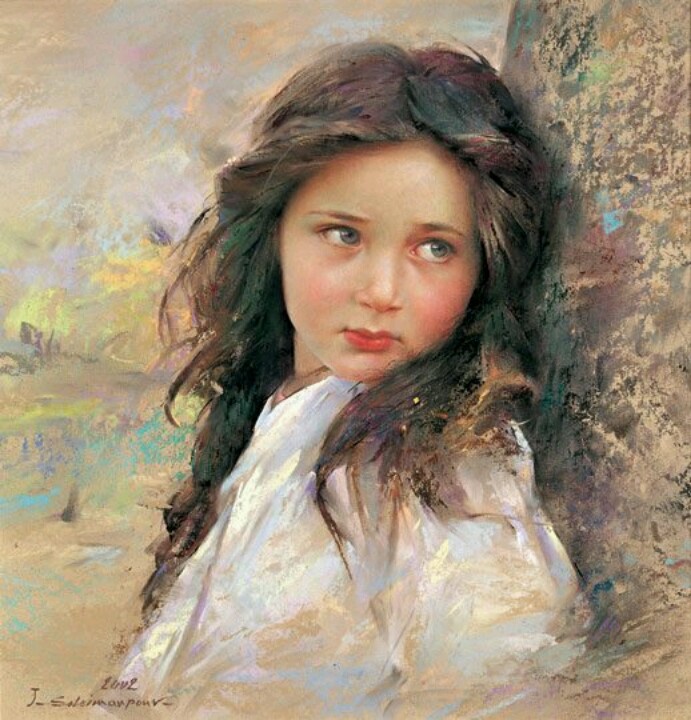
A beautiful love poem, the eleventh from the collection Rosa Mundi, and other love-songs. Here ‘darkmans’ means ‘night’ and is an old English canting word (according to the editor). CONTINUE READING / CONTINUER LA LECTURE…

A beautiful love poem, the eleventh from the collection Rosa Mundi, and other love-songs. Here ‘darkmans’ means ‘night’ and is an old English canting word (according to the editor). CONTINUE READING / CONTINUER LA LECTURE…
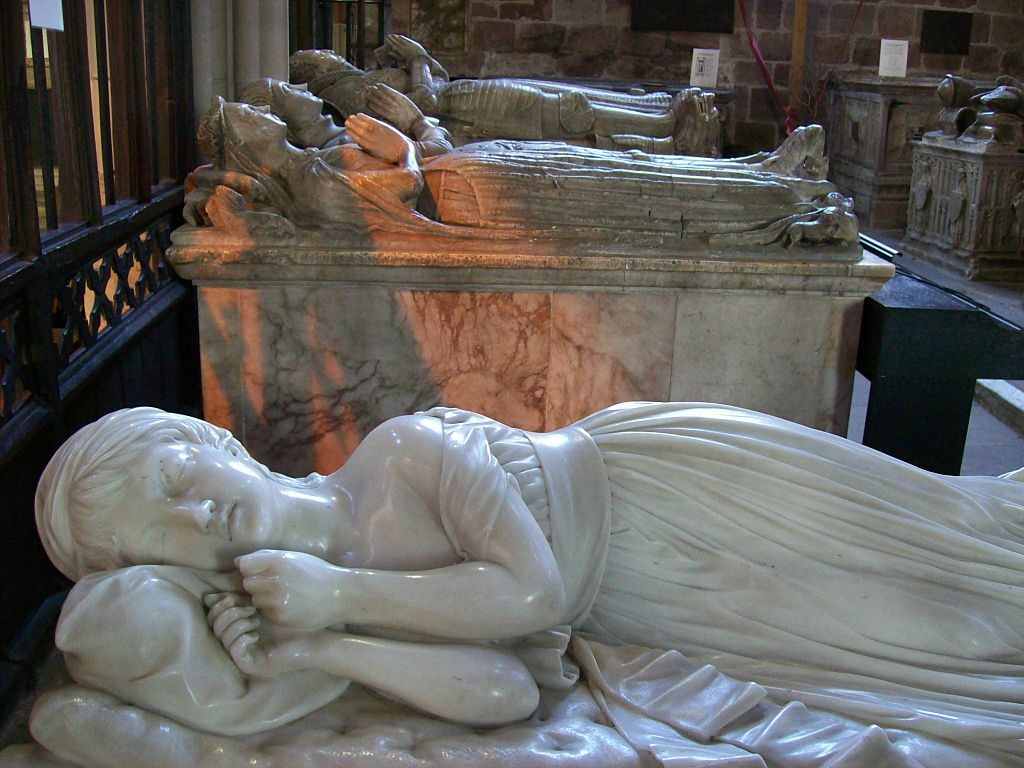
Sir Brooke Boothby (1743–1824), seventh Baronet, and his wife Susanna (1755–1822) had a daughter, Penelope, born on April 11, 1785, their only child. The little girl is renowned for her portrait made by Sir Joshua Reynolds in July 1788. As writes Estelle Hurll in her booklet about Sir Joshua Reynolds: CONTINUE READING / CONTINUER LA LECTURE…
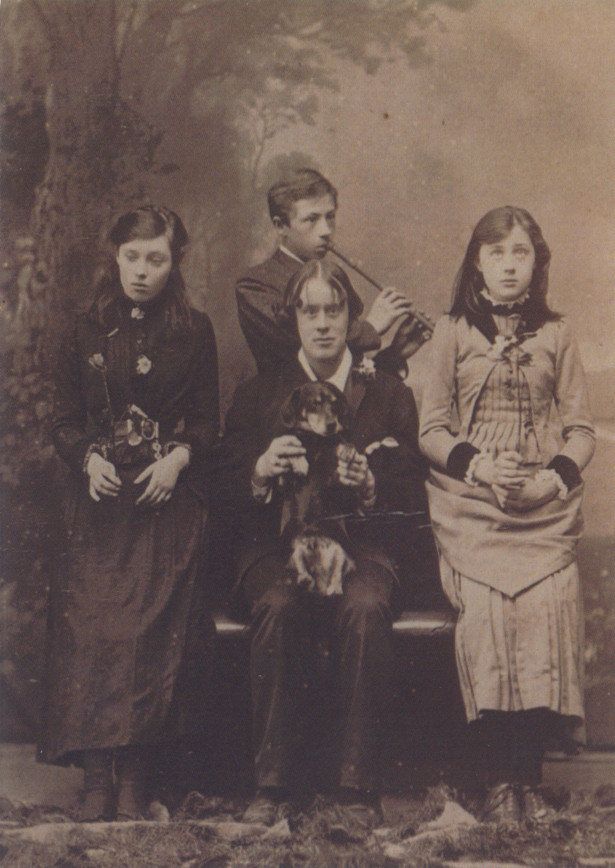
My second choice from Myrtle, Rue and Cypress (1883), Stenbock’s second collection of verses, is a poem in the spirit of carpe diem, honouring love, youth and wine. Here he joins Baudelaire, who also extolled wine and drunkenness, and indeed both authors experienced the pleasures of alcohol and drugs. As in many of Stenbock’s poems, the gender of the beloved young person is left unknown, but it was most probably a boy. CONTINUE READING / CONTINUER LA LECTURE…
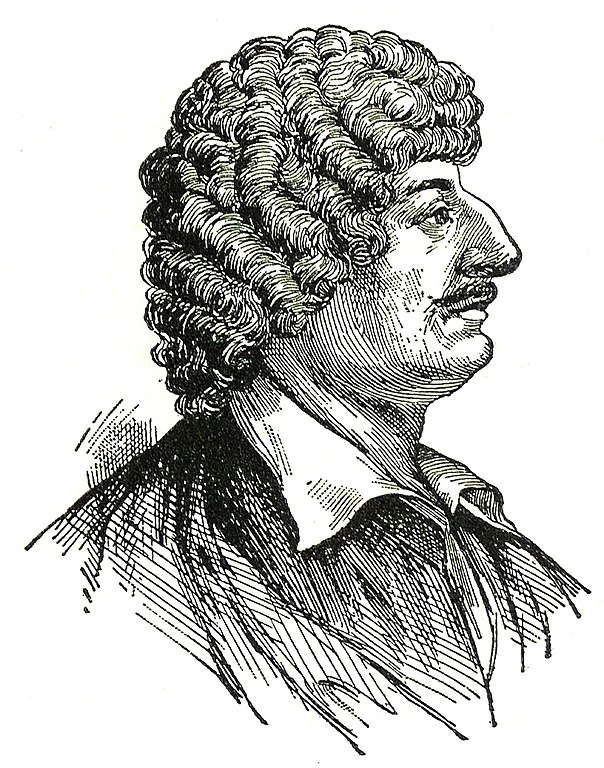
Robert Herrick (1591–1674) was an English poet and cleric who lived through the Stuart dynasty, then the civil war and finally the Restoration. In 1648 he published Hesperides: Or, The Works Both Humane & Divine, a huge collection of poetry, to which he appended a shorter collection of religious poems, His Noble Numbers: Or, His Pious Pieces, apparently dated 1647; together, they make over 1400 poems. CONTINUE READING / CONTINUER LA LECTURE…
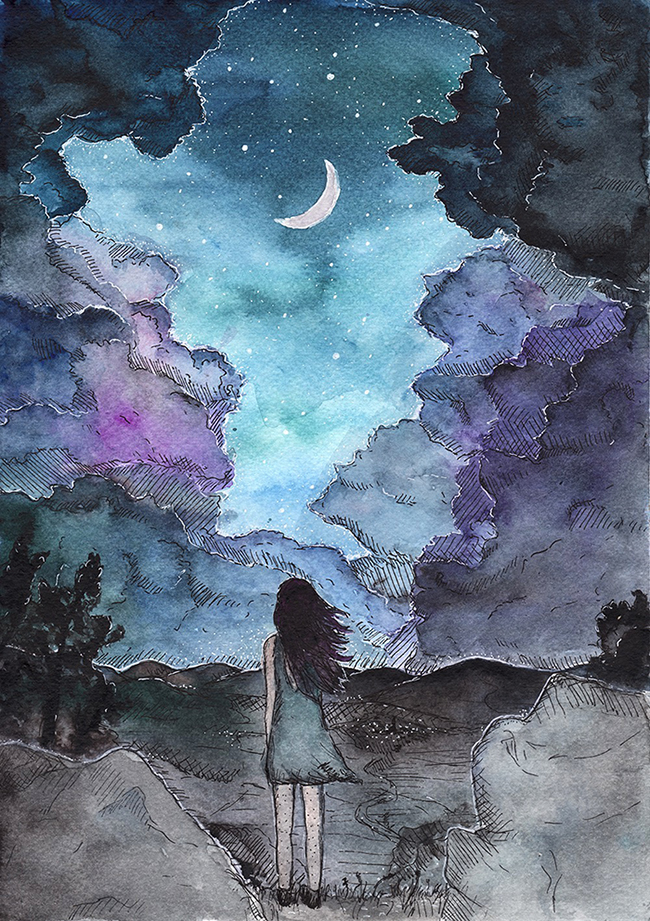
The eighth poem of Rosa Mundi, and other love-songs tells us that the beauty, the kisses and caresses of the loved Italian girl will not last, in the same way as night must soon end with sunrise. There is no salvation in an afterlife, so we must enjoy the pleasures of earthly life without delay, thus live the bliss of the short love night. CONTINUE READING / CONTINUER LA LECTURE…
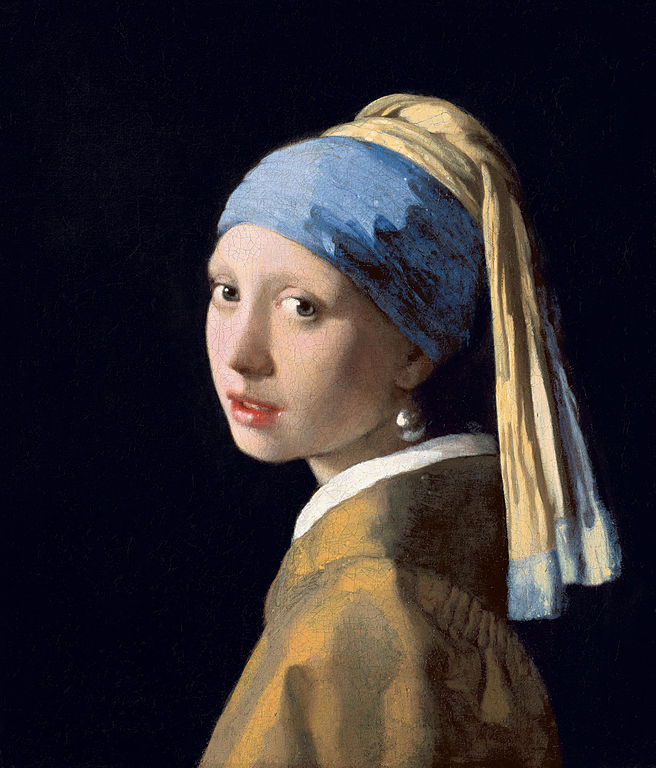
Adam Zagajewski (born in 1945) is a famous Polish poet, essayist, novelist and translator. In his youth, he became well-known as one of the leading poets of the “Generation of ’68” or “New Wave” writers in Poland, and throughout the 1970’s and early 1980’s he supported through his writings the opposition to the Polish regime. Later he took some distance from politics and his writings assumed an increasingly philosophical and existential nature. CONTINUE READING / CONTINUER LA LECTURE…
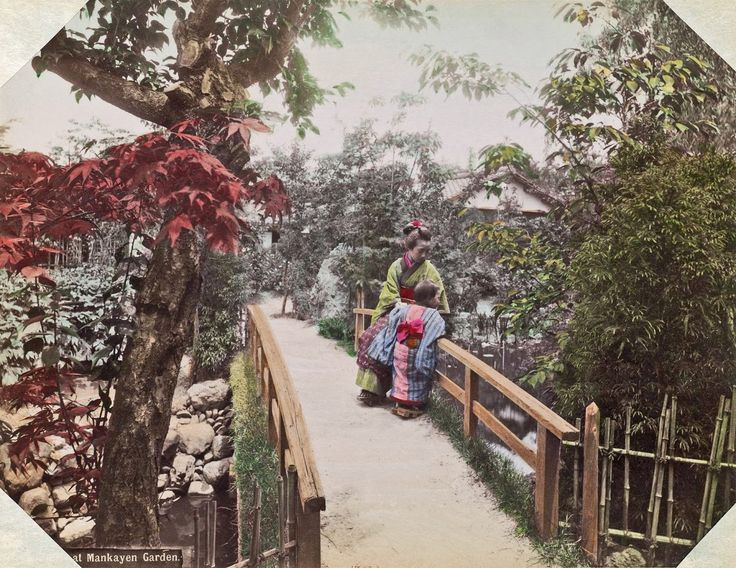
Under the title “Fantaisies Décoratives,” Oscar Wilde published in Lady’s Pictorial, Christmas Number 1887, two poems: “Le Panneau” and “Les Ballons.” In a letter to the illustrator John Bernard Partridge, postmarked September 24, 1887, he wrote that the poem “Le Panneau” is “a suggestion for a design for a Japanese panel” and that “the girl under the rose tree is Japanese.” CONTINUE READING / CONTINUER LA LECTURE…
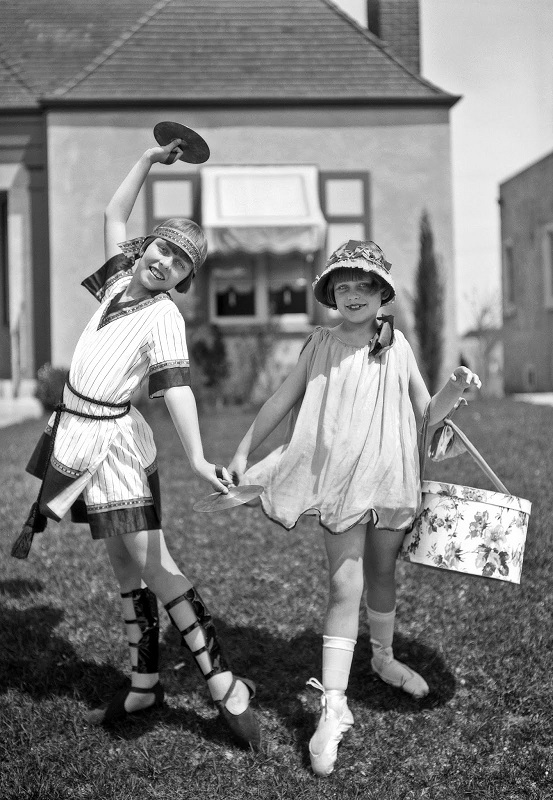
Possibly there are some readers who, every three days at 6 p.m. Paris time, visit this site in order to read a new post. Today they will find an unusual one, similar to another one that appeared exactly six months ago, as it is not devoted to presenting a writer or a poem.
Poets and Lovers is alive since one year. The database was created on March 17, 2019, then it got its domain name on the 20th. CONTINUE READING / CONTINUER LA LECTURE…
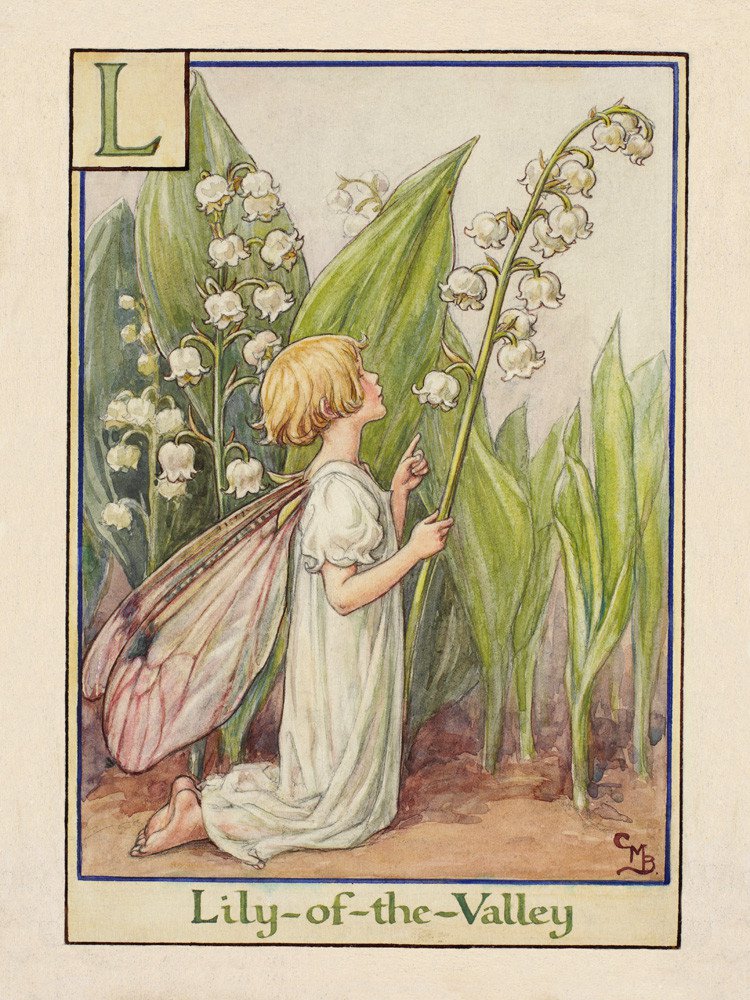
Of all poems in Rosa Mundi, and other love-songs, the most tender is the tenth. The poet compares the beloved girl with a flower fairy, whom he kisses and takes into his hands. CONTINUE READING / CONTINUER LA LECTURE…
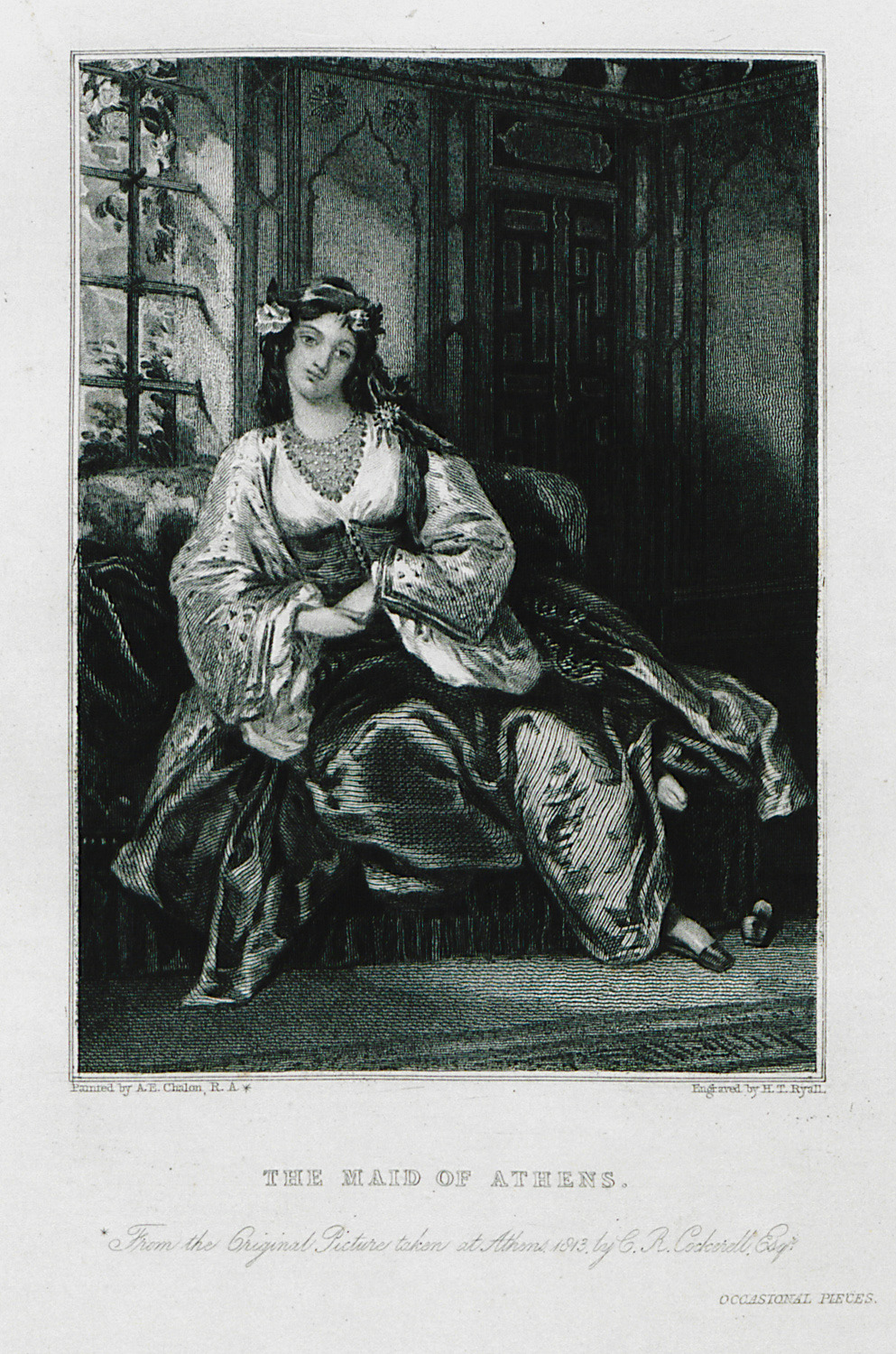
In 1809–10, the poet George Gordon Byron briefly resided in Athens. He fell in love with the 12 years old Teresa Makri (Τερέζα Μακρή), in whose mother’s house he lodged. In a letter to Henry Drury he said to be “dying for love of three Greek Girls at Athens,” “Teresa, Mariana, and Kattinka.” Before departing for Istanbul, he wrote for Teresa the poem “Maid of Athens, ere we part.” It was first published in Childe Harold in 1812. CONTINUE READING / CONTINUER LA LECTURE…